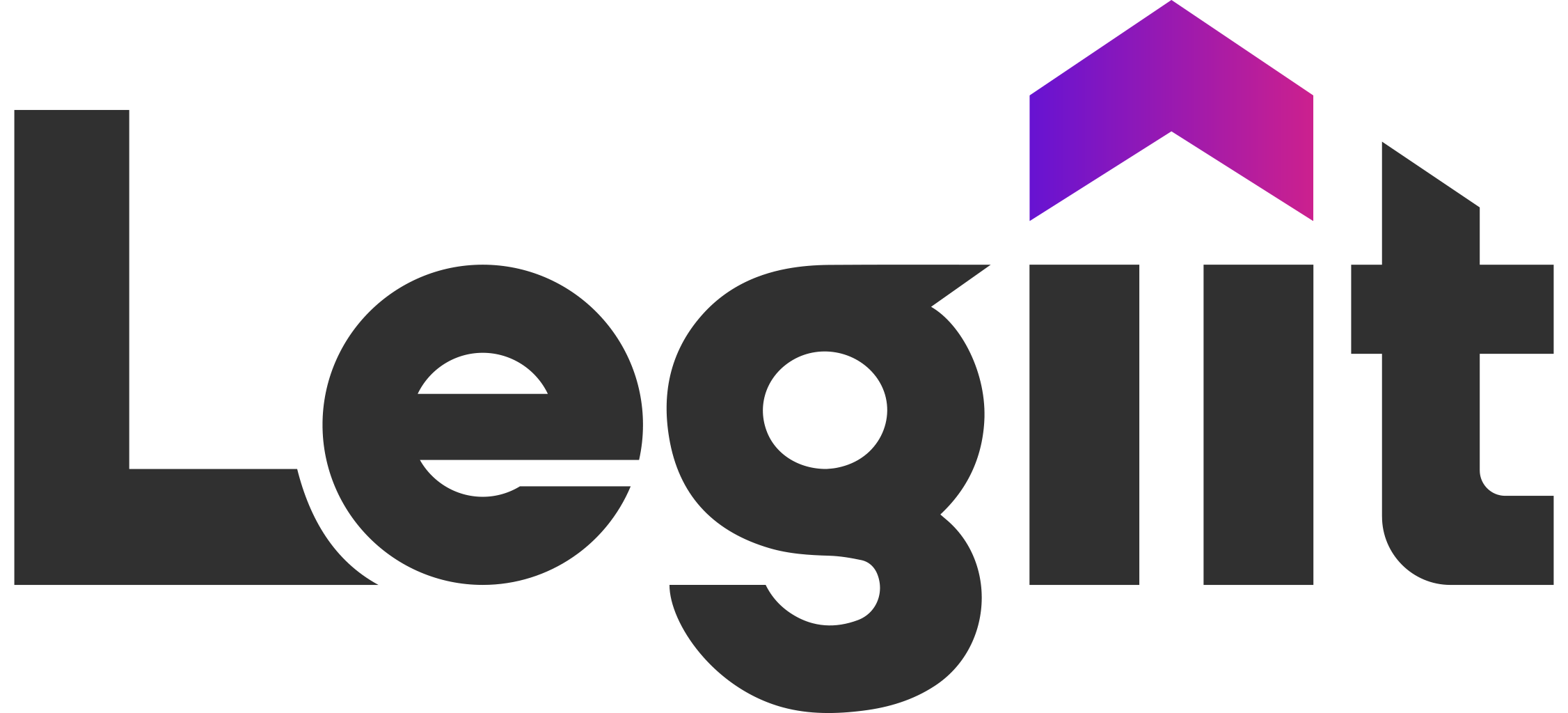An effective website structure allows users to easily navigate through your website and makes it easy for search engine crawlers to understand the relevance of each page, hence increasing the chances of your content being ranked higher in the SERPs.
You can organize your website through: internal links, navigation menus, breadcrumbs, or URLs.
Do you want to get more visitors and turn them into customers? More users? More clicks and, most importantly, ranking?
In this article, we’ll discuss the importance of a well-structured website for SEO. But first, let’s start by understanding what a website hierarchy is.
What is a website hierarchy
Website hierarchy can be defined as the way your content is organized on a website.
This includes pages, topics, categories, and other components of your website.
An effective website structure allows users to easily navigate through your website and allows search engines to crawl it easily.
Now that you know what a website hierarchy is, let's find out an ideal website structure.
Ideal website structure
The ideal site structure is one that makes it easy for users to find content and make sure that search engine crawlers can easily access and crawl your content. It also allows search engine indexing.
Focus on creating a hierarchical structure with clear navigation and logical page hierarchies. This will help to make sure that all content is easily accessible by both users and search engine crawlers.
Furthermore, you should also make sure to optimize your page titles and URLs in order to ensure that they are SEO-friendly. This will help search engines to understand your content and index it accordingly.
So, how do you create the ideal site structure? It consists of different levels of information, that is;
- Homepage
- Navigation
- Taxonomies
- Individual Pages and Posts
Why should your website have a good structure?
- Increase the probability of SEO success—a good website structure is more easily indexed and recognized by search engines, leading to ranking in the search engine.
- Better user experience–with a well organized website, users are able to navigate easily and quickly get the information they are looking for.
- Better strategic orientation in terms of content.
Why is the website hierarchy important?
With a well-structured website, users are able to find the information they’re looking for easily, which in turn improves the user experience.
Having a well-structured website can also make it easier to identify any SEO problems and diagnose issues that are preventing your content from ranking higher.
Optimizing your website for traffic, revenue, and conversion is one of the most essential parts of SEO.
Forget about glossy websites; it is more than that hierarchical website structure.could provide Google better indicators on;
- Importance of the pages on your websites
- Connection between the pages
Get the main reasons why website structure is important for SEO in the section below.
1. It helps Google understand your website
Google will easily index pages of a well structured website. When Google understands your website, it’s a win for your site—it will be more likely to provide more relevant search results for your website visitors.
2. Helps keep your website tidy and organized
A well structured website displays clean and attractive content.
3. Helps users navigate your website
Users are able to navigate freely and easily leaving them happy and satisfied.
4. Helps Google determine the importance of each page
Your website’s structure tells Google which of your pages is most important.
Search engines are able to identify relationships between content on different pages, which can help them understand the relevance of each page.
5. It can increase online visibility by improving the crawlability of a website
Having an SEO-friendly site structure can also help to increase your online visibility by making it easier for search engines to crawl and index your content.
The crawl budget for each site is limited, so if your site is well organized, it is easier for search engine crawlers to find and understand the content, which may help improve your rankings.
We have talked about web crawlers, but what are they?
A crawler, also called spiderbot is an Internet bot that systematically browses the World Wide Web and is typically operated by search engines for the purpose of Web indexing.
Web crawlers copy pages for processing by a search engine, which indexes the downloaded pages so that users can search more efficiently
This crawling behavior allows the search engine to update their web content or indices of other sites' web content.
Types of website structure
There are four types of website structure, namely:
- Hierarchical
- Sequential
- Matrix
- Database
1. Hierarchical website structure
This is the most common website structure that is composed of the main page, the categories, and the sub-categories and it flows from the main page.
2. Sequential website structure
This design is an approach that guides website users through a series of steps or a specific sequence of content to reach a desired experience.
Here, the pages are organized to show the information in a step by step manner, allowing users to follow the design process.
Clear progression- every click follows the preceding one, leading to a clear progression.
Engaging storytelling- the structure is best recommended for storytelling because it makes the presentation of a narration more captivating.
Focused user journey- users are well guided, which encourages them to learn more from your website.
Visual hierarchy- to enhance the hierarchy, visual elements such as diagrams, images and charts are used.
Call-to-action- sequential website structure points out the specific call-to-action to encourage users to take action.
3. Matrix website structure
This structure is also known as a webbed structure. It offers users multiple pathways to navigate content, providing flexibility and multiple navigation choices.
4. Database website structure
Database site structure, also called dynamic website structure, is the best structure for sites that contain a lot of user-generated content.
It is represented by its reliance on a database to store, manage, and retrieve content dynamically, providing flexibility, and real-time interactivity.
The database structure offers flexibility in managing and displaying content. Content can be easily added, edited, or removed through interactions with the database, allowing the website to evolve based on user interactivity and engagement.
How to improve website structure
It is important to have both Google and your website users in mind when designing, building or even improving your website.
SEO Website Structure
To make sure your website structure is beneficial to your website visitors and search engines, here is a simple structure you can follow to make your site effective.
1. Plan your website hierarchy in advance
First, start by listing the pages you need on your website and in the order you want them to appear in your website’s hierarchy. This will help you keep your website tidy and organized.
2. User experience
Make sure your site visitors are not struggling to find important information in your site. The links they click on your website should lead them to what they are looking for, not dead ends. In short, they should be intuitive.
To improve your user experience, work on;
- Branding
- CMS and Design
- Navigation
- Sitemap
3. Build up your internal link
Link your important pages well to improve your internal linking. Google should be able to find your pages, don’t just focus on your main pages and forget the others. Have links to those pages to help Google find them.
4. Constantly update your content and remove content that you no longer use.
Removing content on your website is not advisable unless it is necessary. For example, if your organization changes location, it’s important to remove the old information and put in the new one to make sure you don’t mislead your website visitors.
5. Tidy up your categories, tags, and attributes
Look for websites that are empty and categories that are kind of the same but with wording and clean them up. Keep your categories simple and understandable.
6. Create a logical URL structure and breadcrumb trails
Your URL structure and breadcrumb trails should follow your website hierarchy.
Having a well structured URL is one of the important factors in creating an effective site structure. If you planned your website hierarchy well then creating a well structured URL should be simple because it simply follows the hierarchy.
7. Consider having shallow sites
Don’t bury important pages deep inside your website. Shallow websites help your users and bots navigate easily.
8. Keep an eye on your website crawlability
There are so many SEO tools you can use to check if there are crawling or technical issues that might be affecting your SEO performance.
Crawl budget plays an important role when optimizing your website for SEO. Bots have limited time to crawl your website and index it–ensure it is easy to crawl.
Crawl budget refers to the number of pages Google decides to crawl.
To optimize your crawl budget you should:
- Refresh stale content
- Prevent Google from crawling your non-canonical URLs
- Minimize crawl errors
9. Fast load
Optimization techniques like image compression can help improve loading time, which in turn encourages your users to stay longer and interact with your content.
10. Easy to read
Lastly, visually appealing content is most likely to catch your users attention, thereby engaging them more with it.
Final thoughts
Good website structure is vital for your website's SEO, user experience, and conversion rate optimization.
Your website users should have the best experience.
Anyone who knows it will agree that there are so many benefits to structuring your website effectively, logically, hierarchically, easily, and quickly, turning users into customers.








 Up & Coming Talent
Up & Coming Talent






 Download
Download